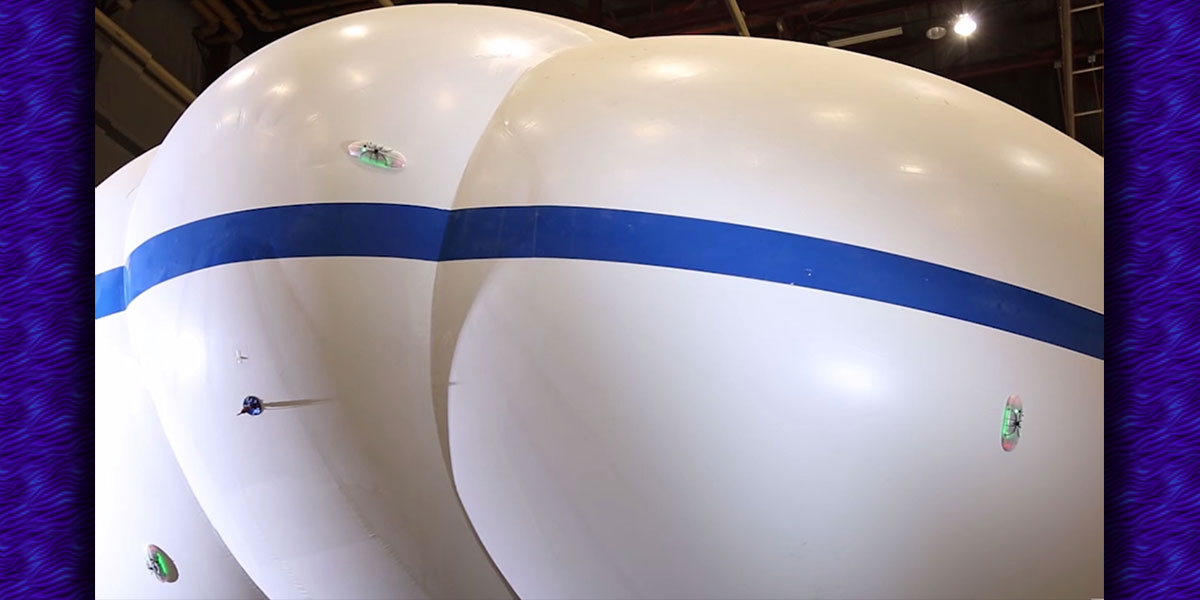
Posted in: SERVO Blog (02/15 at 11:52 AM)
Patching Pinholes with SPIDERs
Enthusiasm for lighter-than-air vehicles was highly diminished by that little “oops” with the Hindenburg in 1937, and crashes of other commercial and military blimps up through the 1940s contributed to the decline of airship travel. However, a long-predicted resurgence seems to be in the works in the form of Lockheed Martin’s LMH-1: a scaled-up version of its P-791 technology demonstrator. The LMH-1 will carry 19 passengers and 20,000 kg of cargo over distances up to 2,500 km with a cruise speed of 60 knots. (For some of us, that means 22 tons, 1,500 miles, and 69 MPH.) The LMH-1 is actually a hybrid airship, meaning that it uses a combination of lighter-than-air and heavier-than-air technology to generate lift.
It was recently announced that the company’s exclusive airship reseller, Hybrid Enterprises (hybridhe.com) has closed a $480 million contract to build a dozen of them for Straightline Aviation (www.straightlineaviation.com), so now Lockheed has to actually build them. One of the challenges is to make sure the envelope (i.e., the skin that covers the tri-lobed hull) is free of pinholes that would allow the helium to leak out.
Because the pinholes are very small and hard to locate, and the 91 m (300 ft) long vehicle has about 80,000 square feet of envelope, it takes human beings about 10 days to inspect one. Instead, Lockheed has developed “Self-Propelled Instruments for Damage Evaluation and Repair” (SPIDERs) to do the job. Five or six of the maintenance bots can locate the holes and apply patches in roughly half the time. SPIDERs will be used for both manufacturing and maintenance chores.